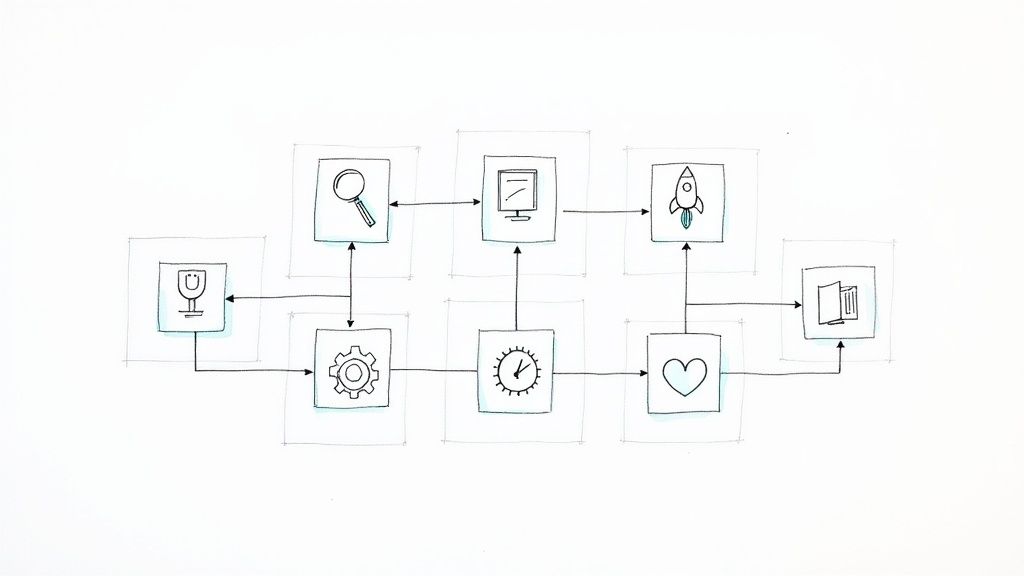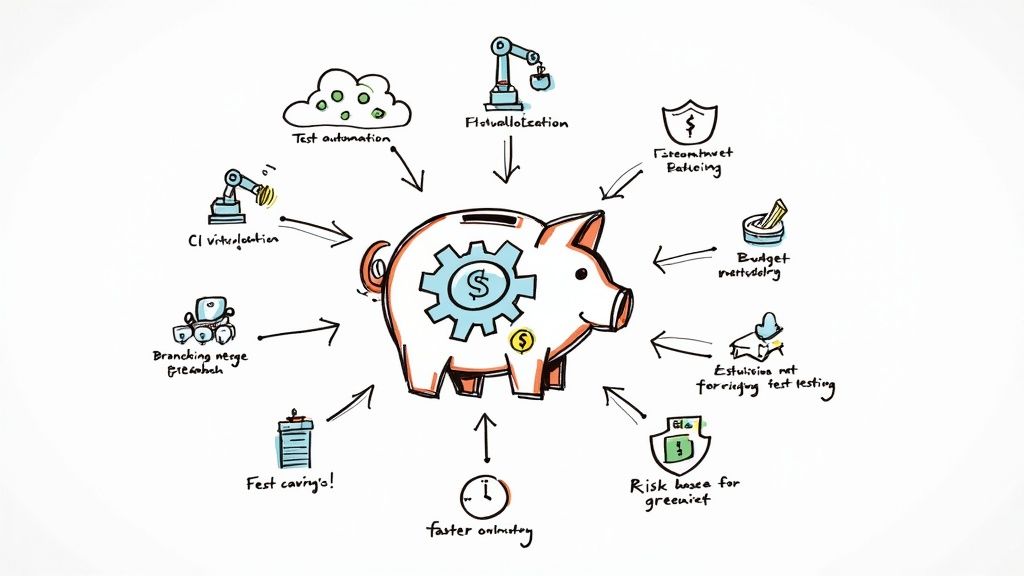What Makes a Good Developer Experience?

Every team of developers has to choose a stack of tools and techniques to base their work on before they can complete a project. With so many new tools to choose from and a wealth of software solutions on the way every day, they’re tasked with selecting only the options that are easiest to use and most effective for their intended purpose. Whether consciously or not, many developers tend to favor the options that offer the most satisfying developer experience (DX). But, what makes one solution's DX any better than another one’s?
To answer that question, you’ll first need to know what developer experience is and how it can differ from one solution or team to the next.
What is the developer experience all about? 👀
GitHub/Microsoft defines developer experience as the ease with which developers perform essential tasks needed to implement changes. Think of the developer experience as a developer-oriented version of the user experience—where essential tasks such as compiling error-free code, running automated tests, and deploying and debugging software are simplified as much as possible. Improving along the above lines leads to noticeable increases in developers' productivity and satisfaction; their experience becomes more positive and rewarding.
Positive developer experiences help not only at an individual level but as a means of empowering entire teams to produce higher-quality work at a rapid yet enjoyable pace. Less time overall is devoted to configuring environments, setting up testing frameworks, and doing all kinds of minor repairs to third-party code. This opens the door for high-quality work to be done and higher debugging standards to be upheld. Owing to a wealth of wonderful developer experiences supported by thoughtful automation, even new team members can get up to speed quickly and start contributing without much fuss. For those offering solutions to developers, achieving this state of development nirvana requires attention to detail and a willingness to stick to a few important best practices.
Developer experience best practices 🥇
Improving the developer experience often comes down to improving overall efficiency. Whether you’re offering developers a framework, a software development kit (SDK), an application programming interface (API), or something else entirely, efficiency ranks high on the list of must-haves to make the cut with well-to-do developers of all kinds. However, efficiency is not the only important detail to iron out—all of the following points and best practices are sure to apply as well:
1️⃣ Perfect your documentation
Not much can top a great introduction, and your documentation is often the first point of contact developers have with your solution's inner workings. From README files to dedicated web portals stuffed with answers to all kinds of frequently asked questions and more, documentation is one of the most important parts of your project.

Don't be afraid to add annotations within your code to cover important behavior as well. In languages that support them, annotations can be a lifesaver for coders on the go with no idea that the function they’re calling from your library could throw an odd exception at a moment's notice.
2️⃣ Keep others informed of the changes you make
If changes have to happen, you simply have to tell the people who depend on your code in all of its pre-change glory. When entire methods disappear, and developers are met with surprise deprecations of their favorite features, their experience suffers dramatically. Avoiding these kinds of mishaps is especially important if you value your solution's long-term reputation.

Proper versioning goes a long way toward solving this issue, as does having a regularly updated changelog.
3️⃣ Be consistent
Consistency can create far better results for developers by reducing the time it takes them to get up to speed with your code. Both platform consistency (consistency with the conventions of the language used) and internal consistency among your own libraries are goals worth striving for. Consistency eliminates most of the friction developers encounter in trying to adopt new solutions in their own projects.

Approaches that match the idiomatic standards of the language the code is written in are far more likely to be universally understood than custom-forged alternatives. This goes for SDK and API implementations as well, of course. Opting for the common approach improves developers' abilities to reason about your code and work with it.
4️⃣ Accommodate as many languages and styles as possible
Packaging your solution up for multiple languages and architectures opens the floodgates for developers to come pouring in. Coupling prepackaged code with documented examples of usage for each language and architecture is the stuff developers' dreams are made of.

Tools to improve the developer experience 🚀
Although providers of software and dev resources can help tremendously by adopting the best practices mentioned above, most developers still have to solve many of the major threats to their experience proactively. Tools of all types can come in handy for this, including the following:
- Code linters like Prettier
- Unit testing suites like Mocha and NUnit
- End-to-end testing tools like testRigor
- Continuous integration and deployment tools like GitHub Actions

If your project lives on GitHub and benefits from integrated CI/CD tools, then it may be worth your while to give Mergify a try as well. With Mergify, you can further enhance your developer experience by eliminating tedious manual merging, commenting, review requesting, and more. Request a demo today to learn more about Mergify.





